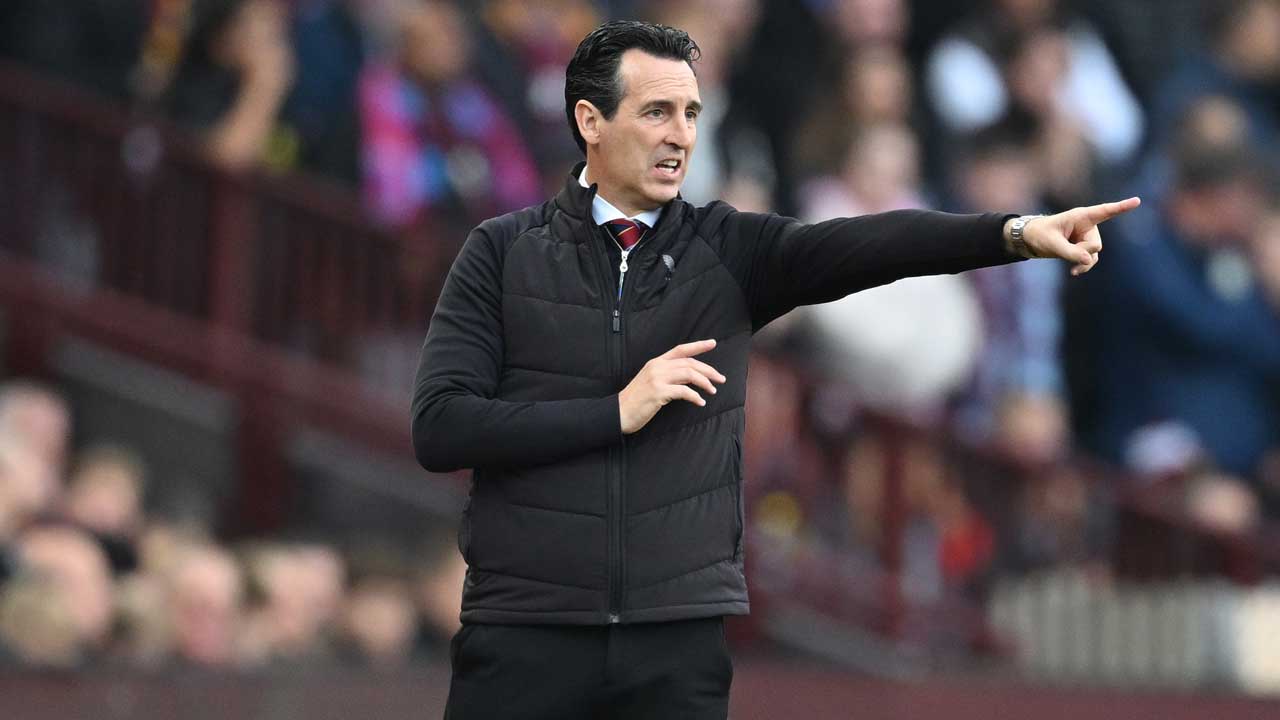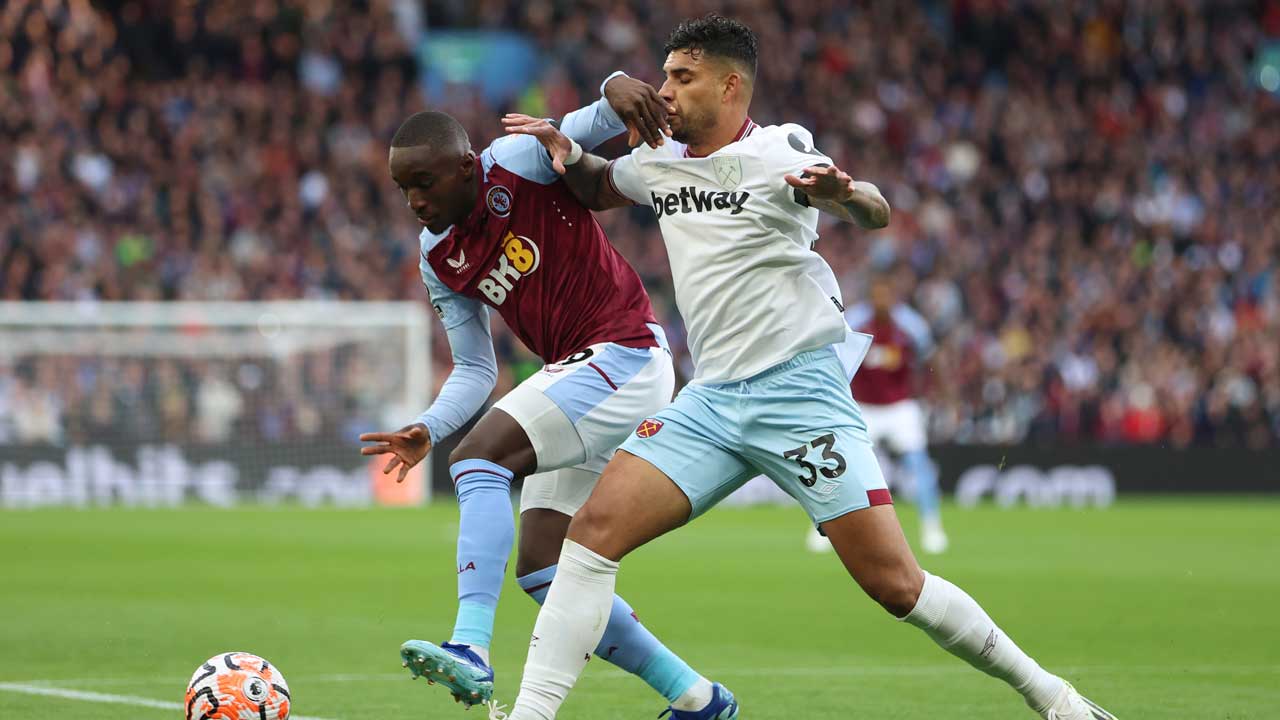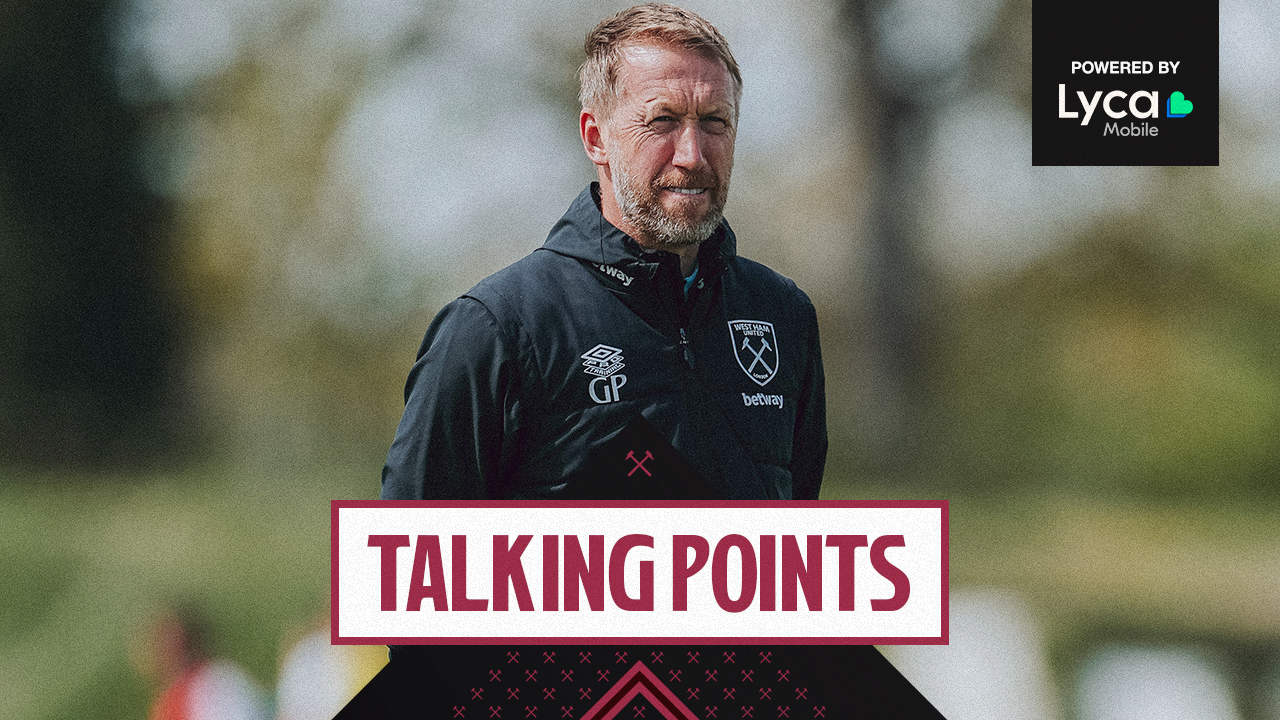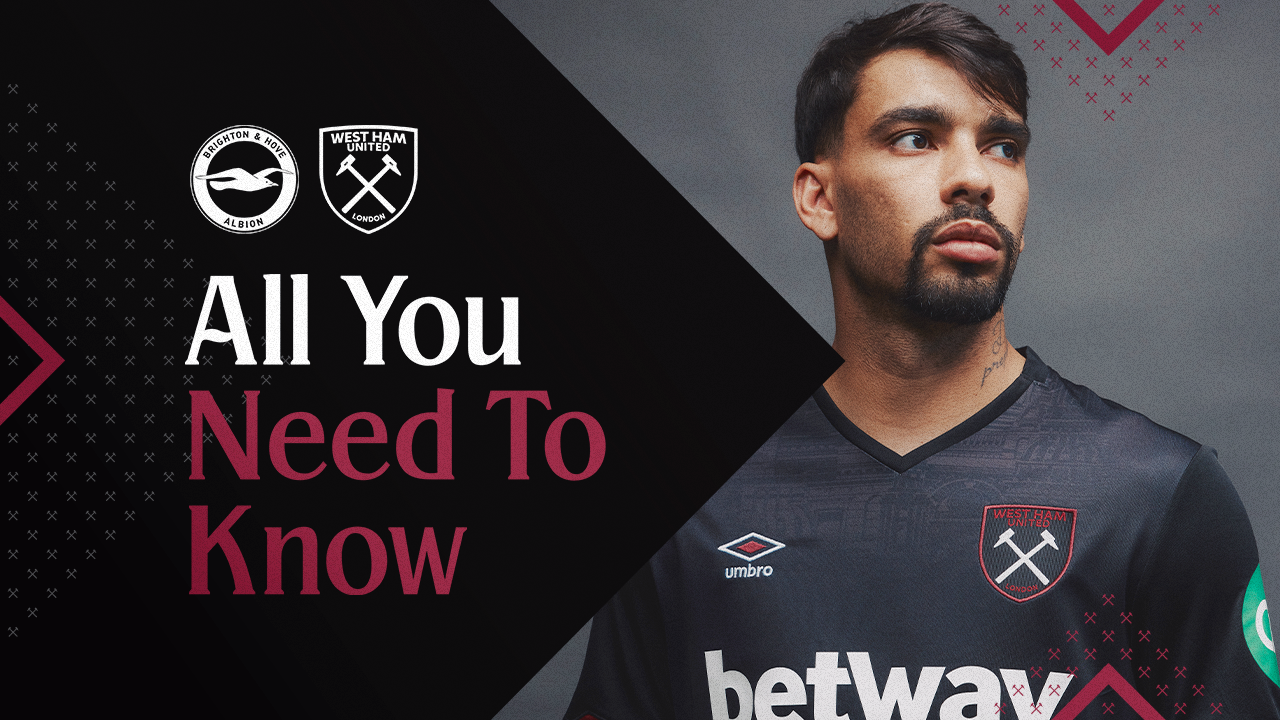Formed by Hammers supporters Jack Elderton and Callum Goodall to offer their fellow fans in-depth but accessible analysis of their team and its players, Analytics United use performance analysis and data to examine how David Moyes’ West Ham United might slow Unai Emery’s high scoring Aston Villa...
When these two teams last met back in October at Villa Park, Unai Emery’s Aston Villa ended up making it look comfortable with a 4-1 victory that was actually more hard-fought than many might remember. Although Villa took a 2-0 lead through two Douglas Luiz goals, the first a shot from the edge of the box and the second a penalty, West Ham did find a way back into the game through Jarrod Bowen and were in the middle of a very strong spell when Ollie Watkins surged down the left and clattered the ball into the top corner to make it 3-1 and take the game away. Leon Bailey’s late fourth added an exclamation point on the end, but Villa had been made to work for a win that kept them fifth at the time and made them one of the strongest starters, sitting just four points behind early leaders Tottenham Hotspur.
Spurs haven’t quite managed to maintain that strong initial form but Villa have built on their start and now sit a place above Ange Postecoglou’s team in fourth, one spot above their league position five months ago. This of course means that today’s opposition will be tough to beat but we can go back to that first match to take lessons, both good and bad, and devise a plan that can hopefully mitigate the Villans’ strengths whilst still bringing out the best in our own players.

Before that, it’s worth discussing some of the headline stats for Villa this season and the most obvious of those is the 59 goals they’ve scored, just four fewer than a Manchester City team with Erling Haaland and Phil Foden in the frontline. Ollie Watkins has been a huge part of this impressive attacking performance with the ex-Brentford man recording an incredible 16 goals and ten assists in the league but he’s not been the only contributor as Luiz, Leon Bailey, and Moussa Diaby have all produced solid numbers too with 14, 16, and nine goal contributions respectively.
Villa have been clinical in front of goal with an xG overperformance of +5, equal to that of David Moyes’ side this season, meaning that both sides have scored five more goals than would’ve been expected based on their expected goals data. Bailey is the standout player for Emery’s team in this regard as the Jamaican ranks sixth of all players in the division for finishing with an individual overperformance of +3.5, four places behind Jarrod Bowen who sits on +4.7. Perhaps Villa have also been helped a little here by opposition goalkeeper underperformance though, only Arsenal have come up against less in-form goalkeepers when factoring post-shot data revealing how likely each shot is to go in after the shot is taken.

Revisiting the first fixture we can see that Villa were able to cause problems in possession with their wide attackers tucking inside and forming a box midfield with the double-pivot. This approach can cause issues for 4-2-3-1 defensive shapes as the 2-1 in midfield is numerically outnumbered by the opposition 2-2 – no matter how you configure your three midfielders, there will always be a free man for the opposition without another player from elsewhere in the structure intervening. This intervening player could be a centre-back stepping out to go with one of those inward-drifting wide players, or a fellow wide player vacating the flank to support the defensive number ten and match-up the opposition double-pivot. But these adjustments can cause other problems and Villa’s forwards often stay fairly narrow to be perfectly positioned to make runs exploiting the spaces opened when centre-backs do step out and the full-backs are able to notice when wide players come inside and charge forward into the empty space as soon as they can. This is something Àlex Moreno did very effectively for Villa in this fixture last season

As a result, it’s key to understand how you want to manage the overloading that Emery’s side are able to achieve in the centre without creating situational deficiencies that can be exploited by rapid thinking and moving attackers. One idea here would be to defend in a deeper 4-4-2 shape that can use the two ‘strikers’ to sit behind the double-pivot players while the two central midfielders pick up the opposition ‘wide’ men. This strategy could both limit the central overloading and any space in behind for players like Watkins, Diaby, and Bailey to exploit but it could also lead to a kind of defensive disengagement that can result in ceding too much control and allowing the opposition to play the game in and around the final third for long periods. This would potentially be a more viable approach if Villa were susceptible to counters but they’re yet to concede directly from a fast break this season.
One weakness that West Ham should be targeting in this game is set-pieces. Emery’s team have conceded the third-most in the league this season (13) and they have the fifth-lowest aerial duel win rate in the division at 47.6%. This, in combination with Villa’s high line, could make direct attacking play more promising than usual with first contact easier to win and with quick players capable of nipping in behind the defensive line to get through 1v1. Second ball situations from longer balls could also be heavily targeted given the chance of winning free-kicks for additional dead-ball crossing situations.
Though the puzzle is difficult to put together in terms of finding ways to handle their various attacking threats, the offensive game plan could be far more simple, and with players like Michail Antonio and Tomáš Souček likely to be key to that, perhaps that could be equally instructive as to the likely out of possession approach. It’ll be a tough match but if Moyes’ side are able to produce their best in front of goal and double-down on their strength at set-pieces, then they might just be able to take the initiative and control this game.





